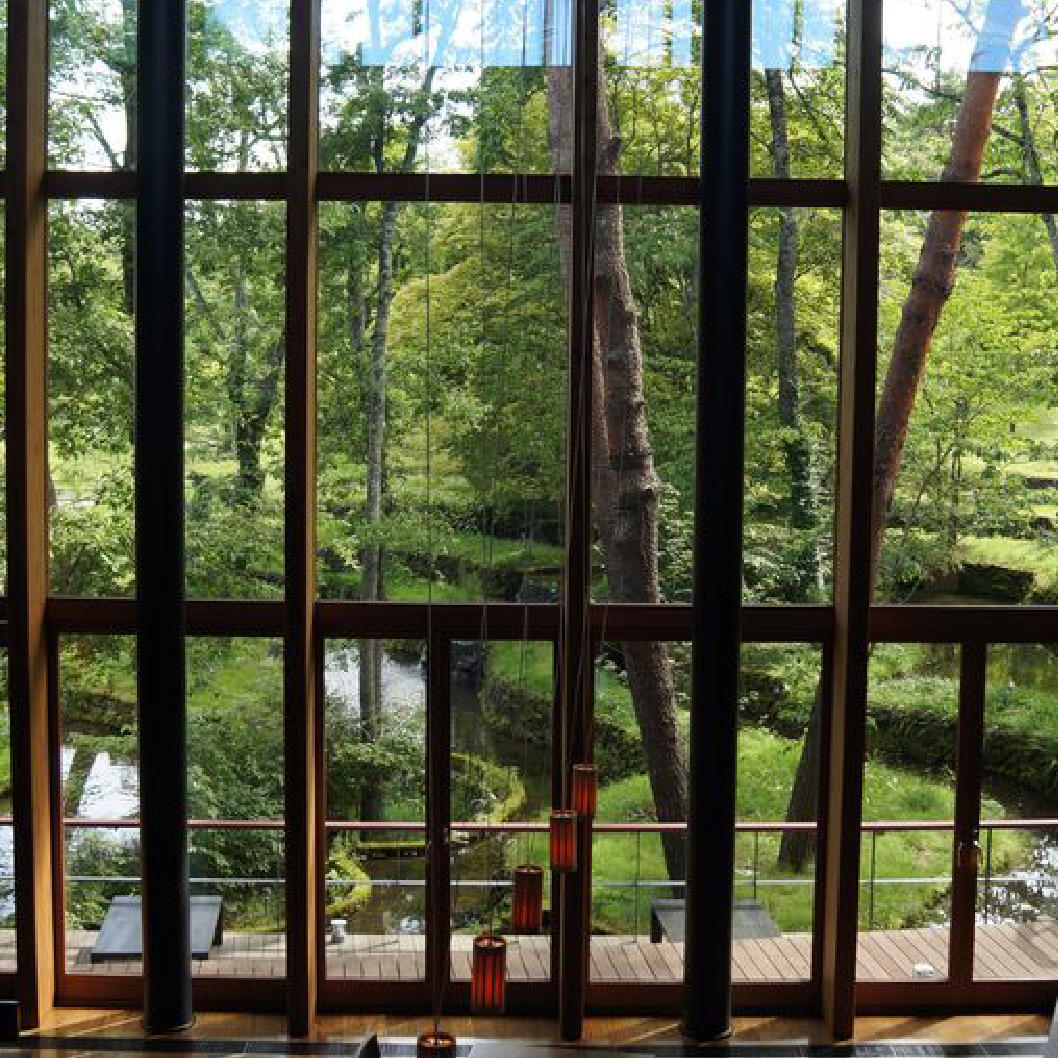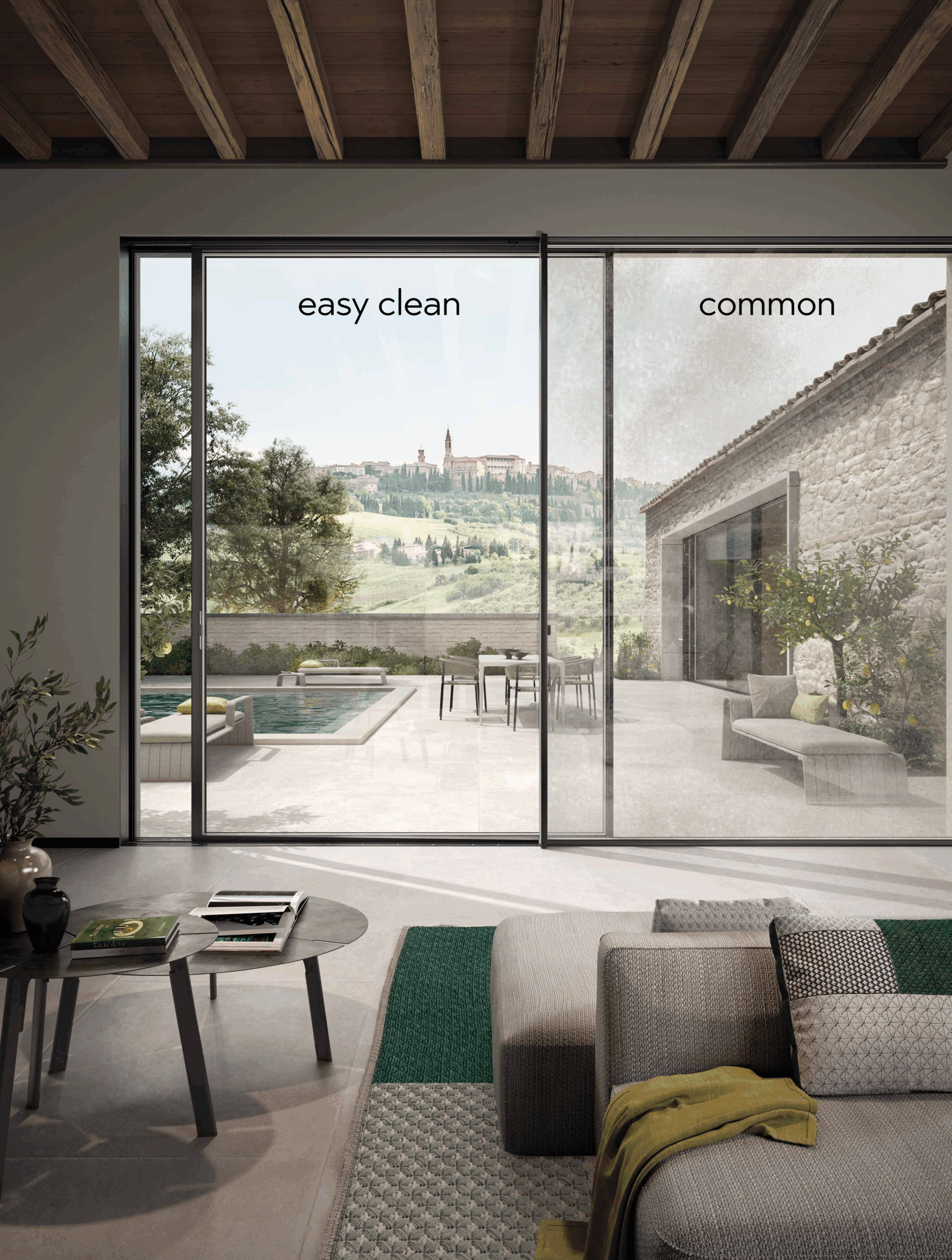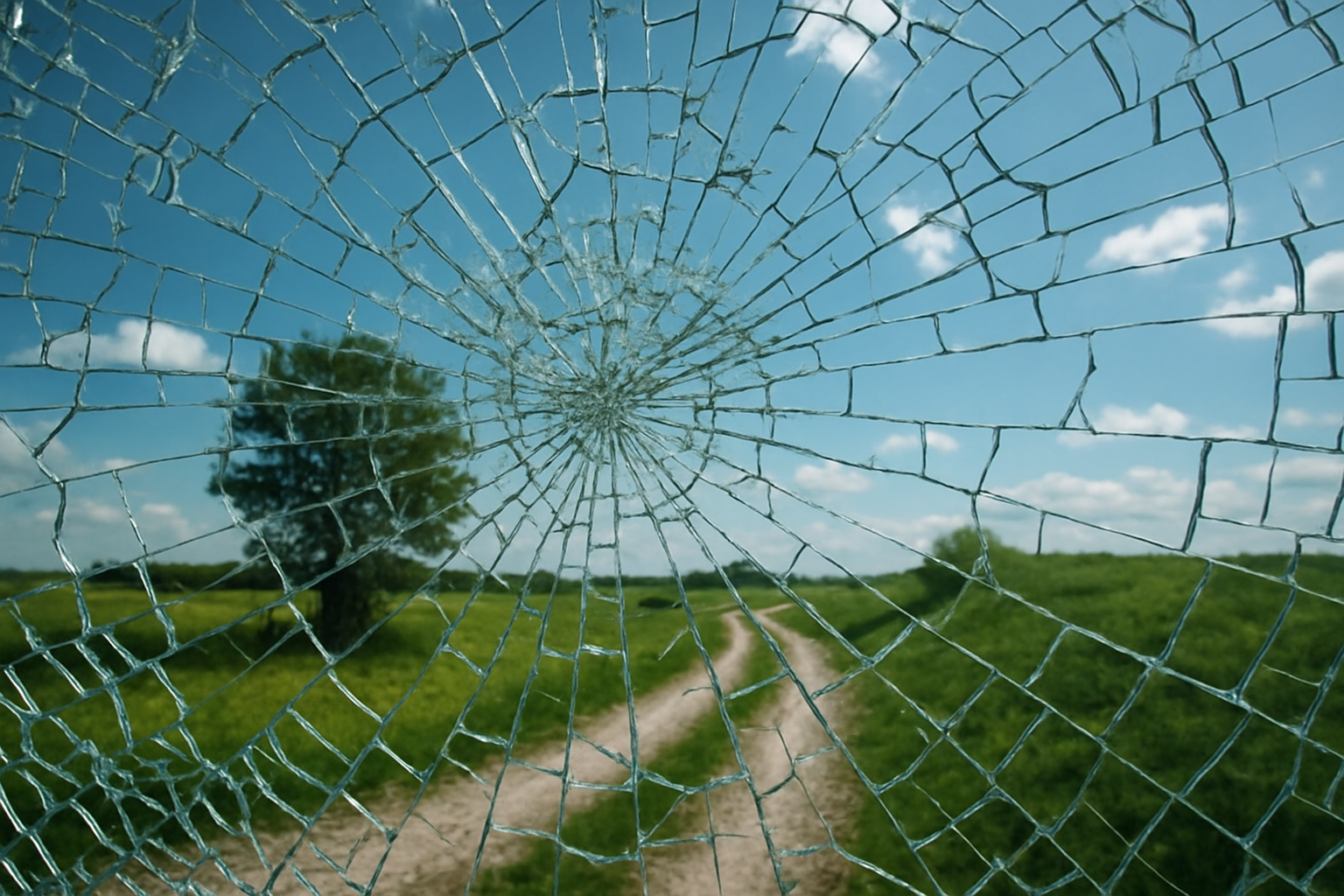
What is tempered glass—and why is it important?
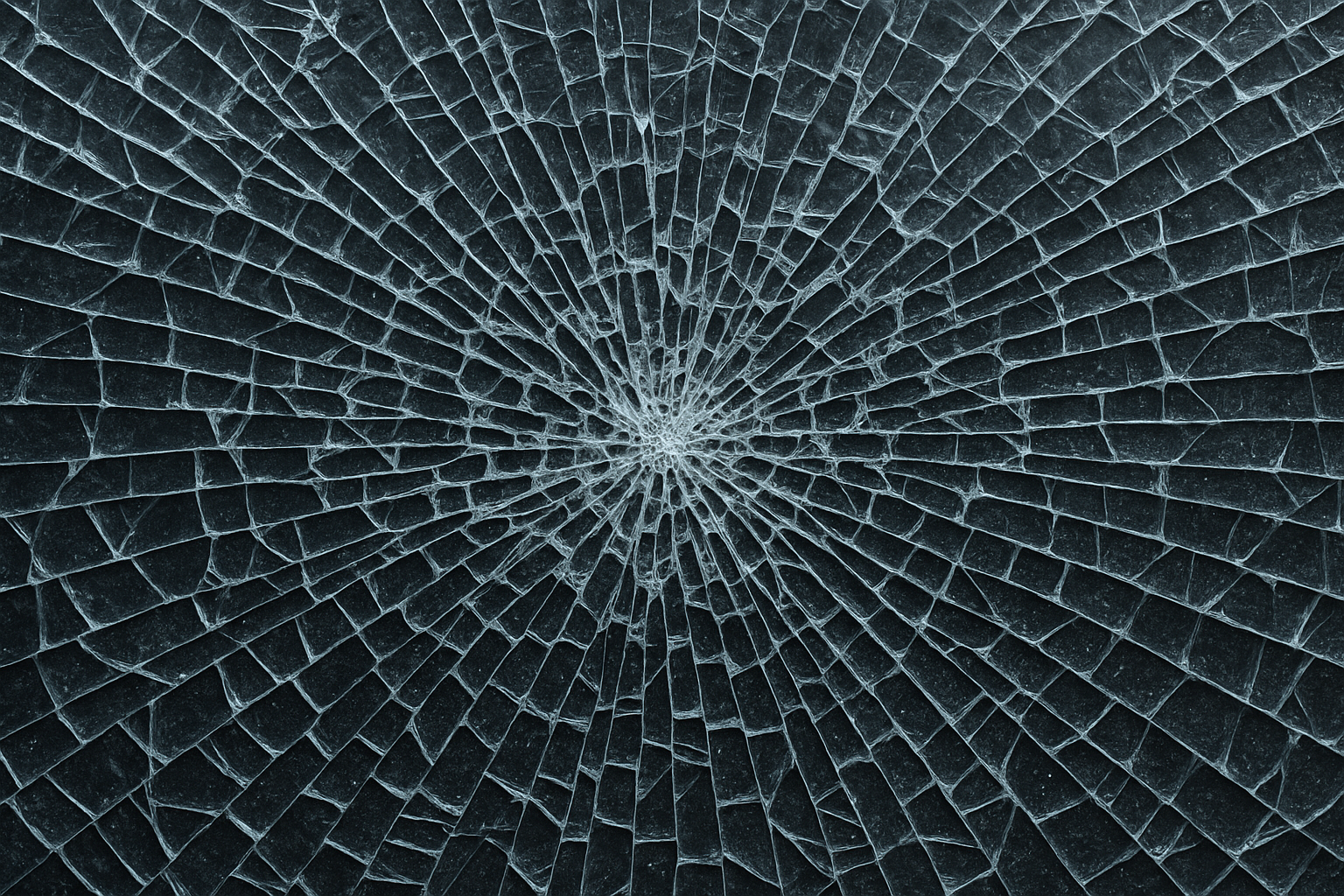
Tempered glass is not just stronger glass. It's glass that has been carefully engineered for safety and performance. Through a specialized thermal process, ordinary float glass is heated to over 600°C and rapidly cooled. This treatment doesn't just
make the glass up to five times stronger than regular glass—it transforms how it behaves under stress. If broken, it shatters into small, blunt-edged fragments rather than sharp shards, significantly reducing the risk of injury.
Heat-strengthened Glass- HSG-GUARD®
Heat-strengthened glass offers several advantages on façades when compared with fully tempered glass—especially in specific architectural contexts. While tempered glass is stronger and safer in terms of breakage, heat-strengthened glass often performs better in façade systems for the following reasons:
1. Less Optical Distortion:
Tempered glass can show roller wave distortion or slight warping caused by rapid cooling during the tempering process. This can be visible in reflections, especially on large façade panels.
Heat-strengthened glass cools more slowly, which leads to:
• Flatter surfaces
• Cleaner reflections
• Better aesthetics for curtain walls and high-end architecture
2. Better Compatibility with Laminated Glass:
Tempered glass, when laminated, can explode outward upon breakage, even if bonded to another pane. Heat-strengthened glass, on the other hand:
• Cracks but generally remains in place
• Maintains some post-breakage integrity
• Is preferred for laminated façades, skylights, and overhead glazing where glass must stay intact even after breaking
3. Lower Risk of Spontaneous Breakage:
Tempered glass is more susceptible to spontaneous breakage from nickel sulfide inclusions. Although heat soak testing reduces this risk, heat-strengthened glass has:
• A lower internal stress profile
• Reduced chance of catastrophic failure
4. Thermal Resistance:
Heat-strengthened glass handles thermal stress better than annealed glass and is ideal for façades exposed to:
• Uneven sunlight
• Partial shading (e.g. behind fins, brise soleil, or spandrels)
• Sudden temperature shifts
It won't fail as easily as annealed glass, and it maintains better stability than tempered glass in laminated units.
Conclusion:
For vision glazing, curtain walls, and structural laminated glass, heat-strengthened glass offers a more refined, stable, and aesthetic solution, especially where post-breakage integrity and visual clarity matter. Tempered glass is better for safety-critical applications, but for façades, heat-strengthened is often the more elegant and architecturally consistent choice.
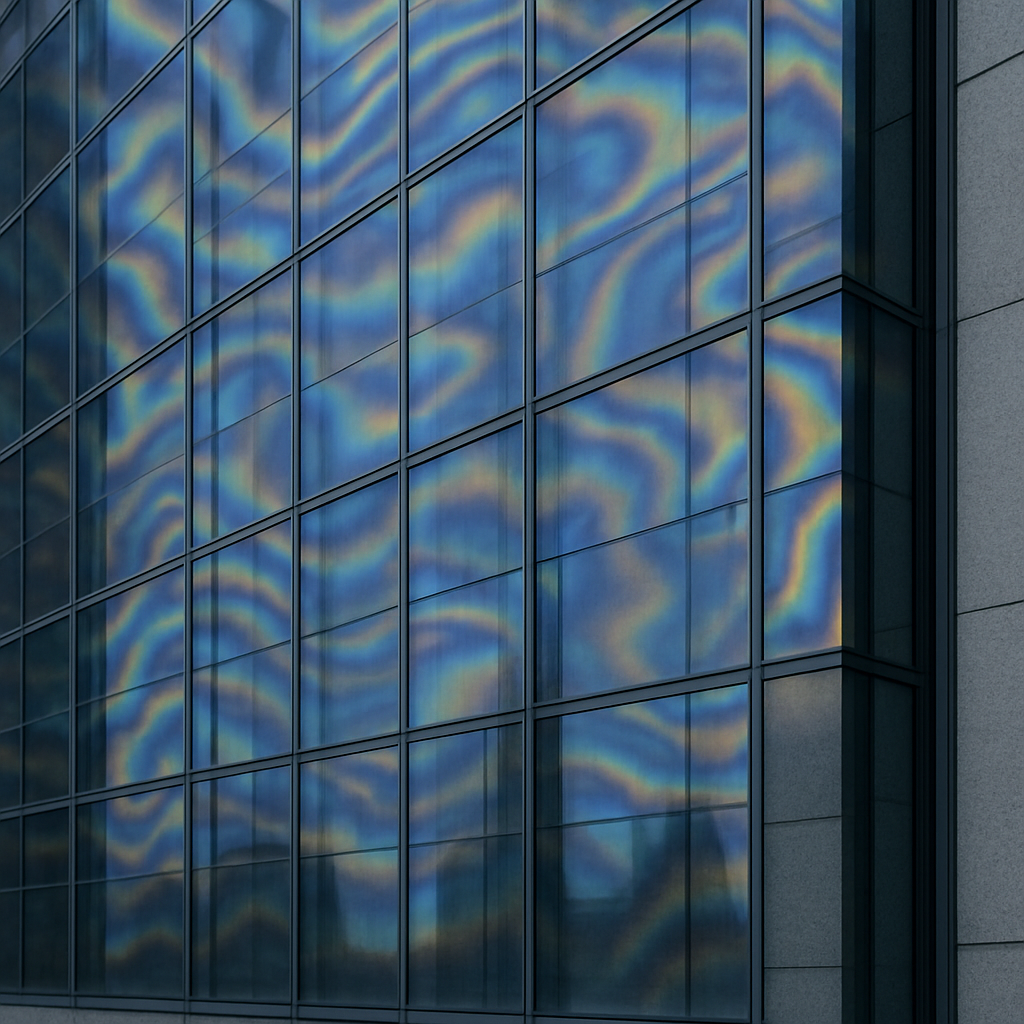
Tempered Glass- G-GUARD®
A Clear Advantage in Safety and Performance
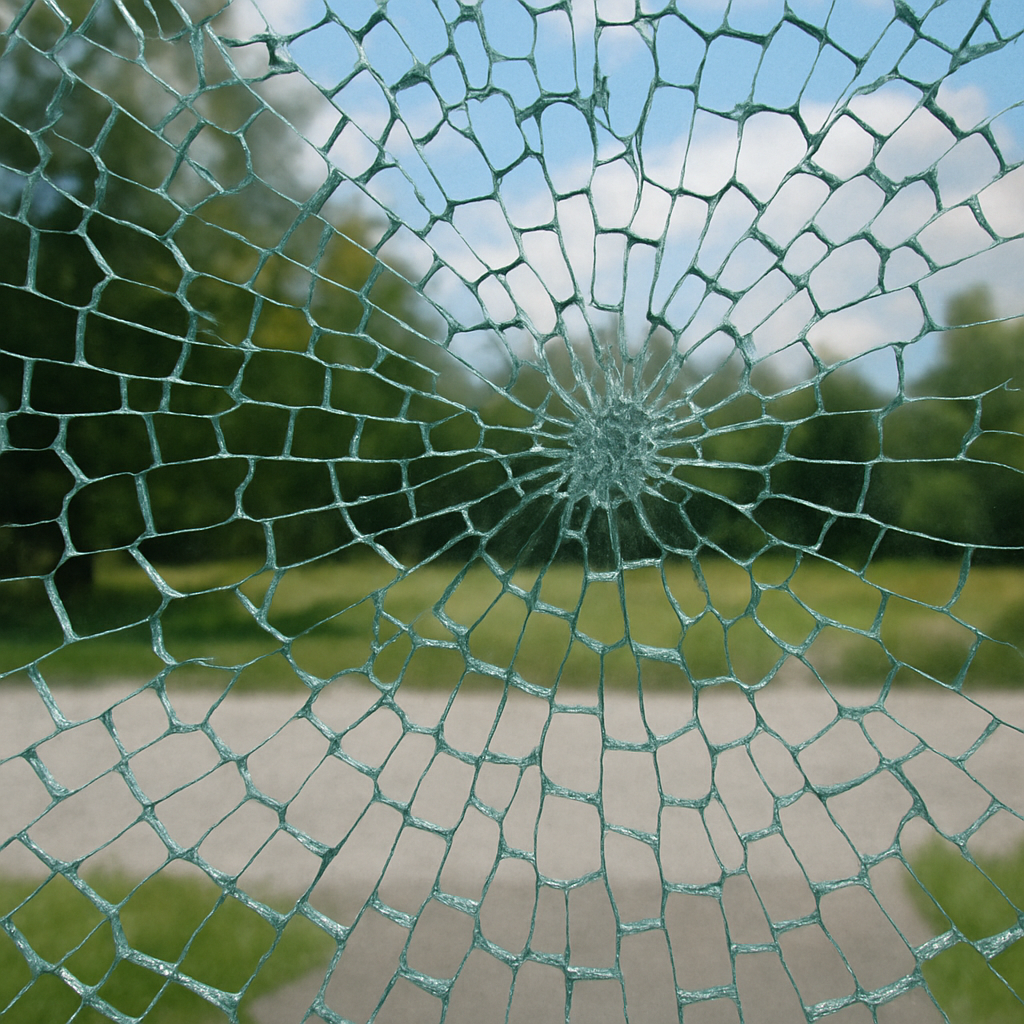
Though both undergo heat treatment, they serve different purposes. Heat-strengthened glass is cooled more slowly than tempered glass. As a result, it is about twice as strong as annealed glass but not as strong—or as safe—as tempered glass.
The key differences:
• Strength: Tempered glass is stronger.
• Breakage behavior: Tempered glass crumbles into small, harmless pieces. Heat-strengthened glass cracks like a spiderweb and can remain partially intact, making it more suitable for laminated units.
• Safety compliance: Tempered glass meets safety glazing standards in most building codes; heat-strengthened glass does not.
Tempered glass is remarkably strong, but not invincible. One of the rare risks associated with it is spontaneous breakage—a sudden failure caused by microscopic nickel sulfide inclusions formed during manufacturing. Though rare, these inclusions can expand over time and cause the glass to break without warning.
To minimize this risk, high-quality manufacturers conduct heat soak testing, an additional thermal process that accelerates the failure of any flawed panes before they reach the customer. At Yalodomi, we prioritize quality and reliability by ensuring such rigorous testing where needed.
Tempered glass is all around us—especially in places where safety, durability, and aesthetics matter:
• Architecture: Facades, windows, balustrades, canopies, partitions
• Bathrooms: Shower enclosures, mirrors, sliding doors
• Interiors: Furniture, tabletops, shelving
• Transportation: Vehicle side and rear windows
• Appliances: Oven doors, refrigerator shelves, screens

